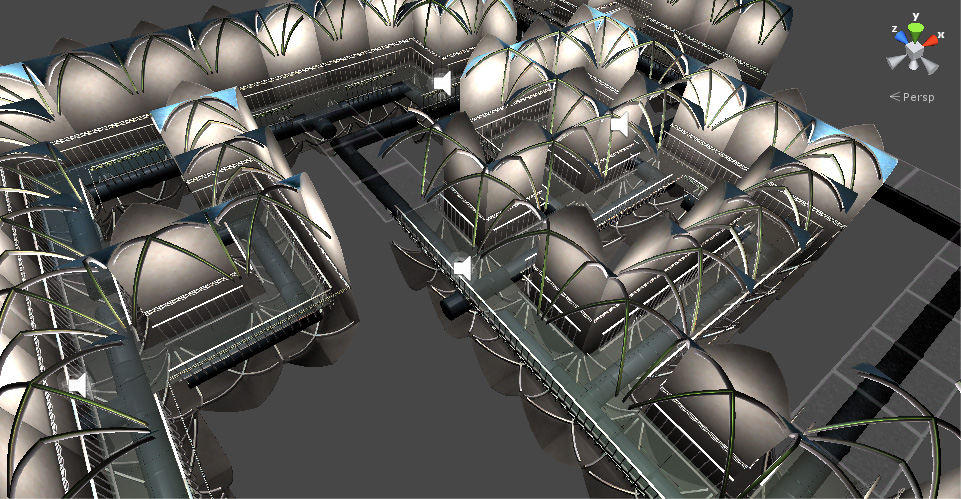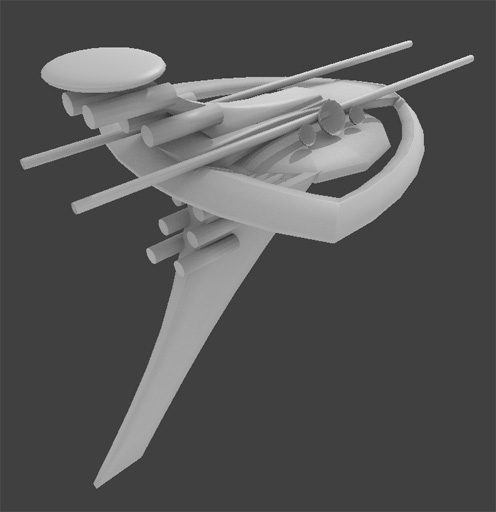Gonna wrap up my Global Game Jam 2014 writeups by talking about how I’m going to approach my next game jam, which will probably happen this summer. Usually I don’t decide on an approach until the jam is about to start or shortly after the theme is announced, but in this case, it’s relevant that I’m deciding early.
I have tried to approach each of the four game jams I’ve been to with a different mindset. As someone who tends to do game jams solo, I have many roles to fill on my own — programmer, designer, modeler, composer. What I’ll usually do is really push myself and take a lot of risks with one role, and work just in my comfort zone in the other roles. So for example, in this last game jam, I made way more complex models than I usually do, but designed the project in such a way that I’d only have to do programming tasks that I was absolutely comfortable with.
The goal here is to focus on one skill and try to learn as much as I can about it during the jam. It’s basically calculated risk-taking in a controlled environment.
But for my next game jam, I will drastically reduce the amount of risk-taking I will make, everywhere. I will make the highest-quality, most complete product I can, only using skills I’m completely comfortable with. That might sound silly; one might assume that creating a quality product is always the goal at a game jam. But it’s never been my goal before. And the implications of setting that as my goal, now, are kind of huge. It means the game jam is a test, not so much of a learning experience in and of itself.
The learning must happen in the months leading up to the jam: I am going to try to force myself to keep working on all of my skills, on a consistent schedule.
If I want my game to have good music, I need to start improving my composition skills now.
If I want my game to have good graphics, I need to have good, efficient modeling and texturing practices down cold.
If I want my game to have a fun mechanic, I need to get comfortable experimenting with new mechanics in self-contained test environments.
And wherever my skills are when the next jam starts, I’m going to play it safe and do things I am reasonably certain I can do.
I don’t know how I’m going to feel about all this once the next game jam starts. I may very well find it all less exciting than previous jams, less intense, less fun, because of the reduced risk-taking during the jam proper. But I’m willing to try this approach.
Because I think that potentially squandering one game jam by playing it safe is a risk worth taking.



